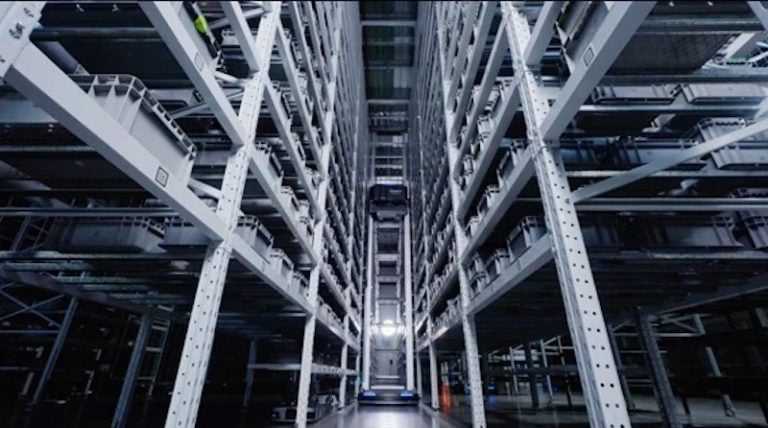
Siemens and Geek+ Forge a Robotics Revolution
Share

Siemens and Geek+ have partnered for five years. They are working together at the Siemens Shanghai facility. The partnership has led to a revolutionary automated system. It covers the full logistics process. This system has delivered significant gains. It has set a new benchmark for smart logistics. The project shows how to achieve lean digitalization. It is a new model for discrete manufacturing.
A Powerful Partnership
Shu Changhong from Siemens believes in early action. He says acting early is key to winning the future. Since 2019, Siemens and Geek+ have faced many challenges. They had no ready-made solutions. They also needed to keep production running. Together, they created a custom-tailored solution. This system automates material handling. It is designed for discrete manufacturing. The solution covers the entire warehouse-to-production process.
Transforming Operations with Robots
The Siemens Shanghai facility handles many complex materials. The portfolio includes hundreds of thousands of SKUs. Traditional manual operations could not meet market demands. In response, Geek+ and Siemens implemented a three-phase upgrade. This began with initial automation deployment. Next was deep system integration. The final phase was full-process digitalization. This upgrade enabled lights-out capabilities. It also created a reusable logistics model.
An Army of Robots
Geek+ built a smart logistics system. It features a "robot army" of over 100 units. The system uses multiple types of robots. Geek+’s AI intelligently schedules the robots. Different robots handle different tasks. These include shelf-picking, tote-picking, and transport. They seamlessly connect the entire process. This includes receiving, storage, and distribution. The robots also feed materials to production lines.
Intelligent Integration and Zoned Storage
Geek+ integrated its robots with Siemens' systems. This included the WMS, MES, and SAP. This creates a digitally coordinated ecosystem. Real-time data exchange enables JIT replenishment. This also improves turnover and accuracy. The integrated platform ensures precise material delivery. It reduces human error significantly.
The project also uses intelligent zoning. Dynamic slot assignment stores materials efficiently. Small items are stored in a mezzanine. Medium parts are in four-way shuttle racks. Large items are on elevated steel platforms. This spatial reorganization is a revolution. It increased storage capacity by 300 percent. The footprint for small parts also decreased by over 60 percent.
Human-Centered Safety and Upskilling
Siemens prioritizes safety above all. The project is a model of human-machine integration. An intelligent safety-fencing system was deployed. It ensures safe operation in unmanned areas. Professional safety workwear also provides protection. The workwear coordinates with robot obstacle avoidance. A safety traffic-light system was set up. It ensures safe human-machine interaction. This innovative approach shows humanistic care.
The project has also upskilled employees. Warehouse staff have moved from physical to technical roles. One employee became a systems engineer. He learned many new technologies. This is a great example of a digital factory.
Future Goals
Dai Lijun, general manager at Shanghai Siemens, sees a bright future. They will continue to deepen their cooperation. They will drive full-process intelligent upgrades. The goal is to build a smart-logistics ecosystem. It will be based on big data and AI. This will improve production efficiency and flexibility.
The focus remains on employee development. The project aims to combine technology with human care. It provides a practical model for the industry.
